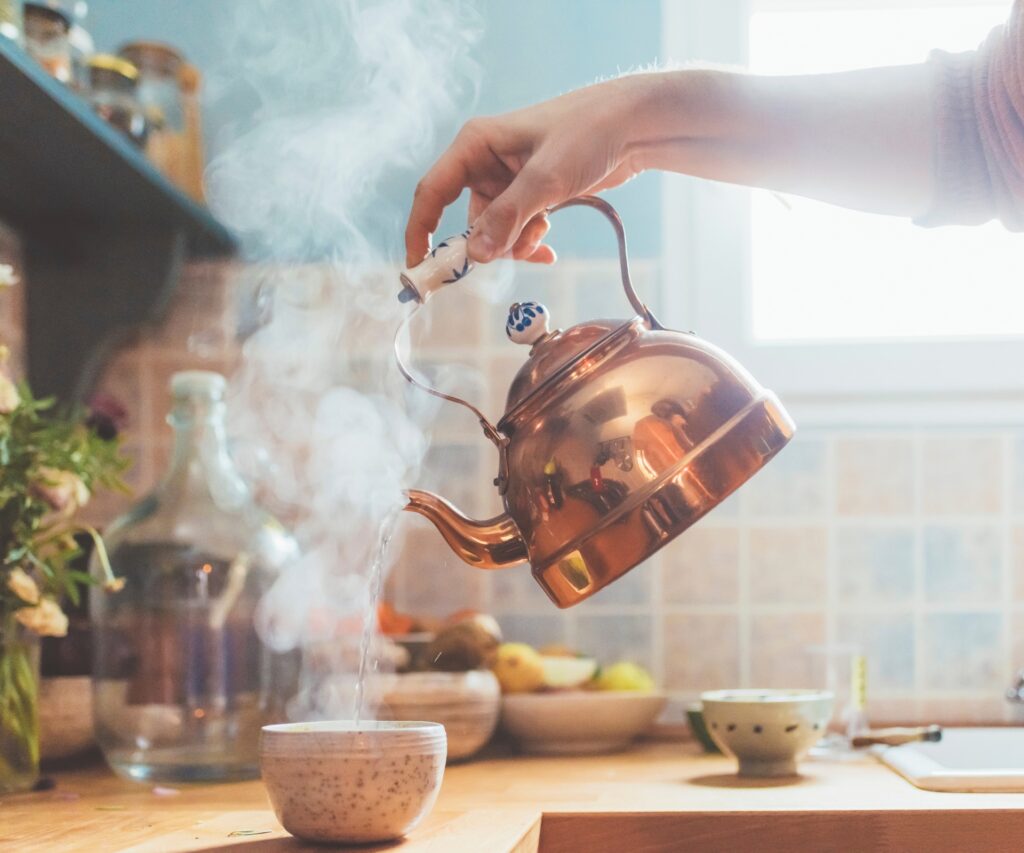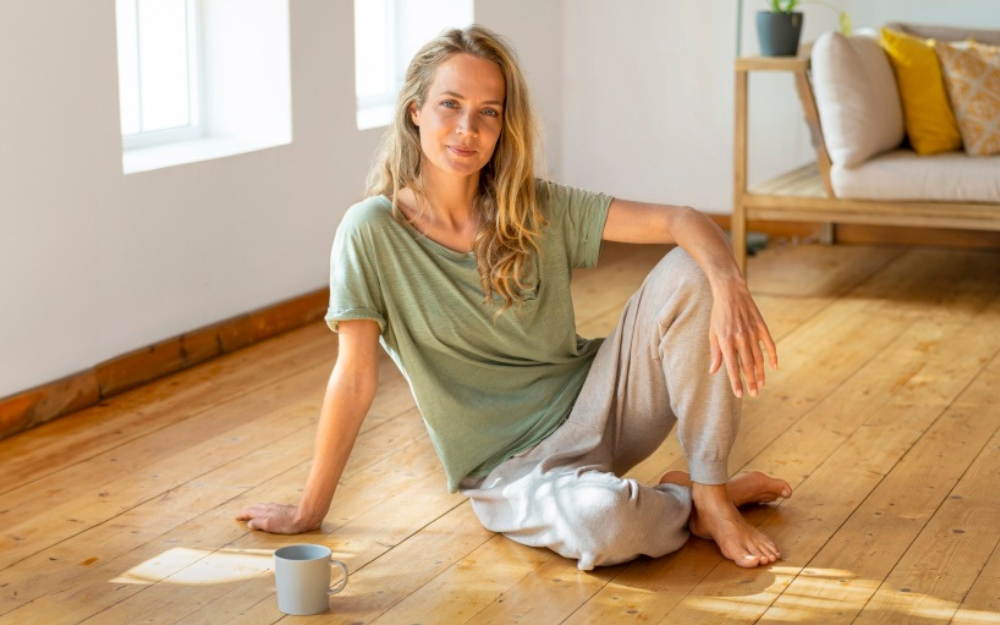Feeling stressed or overwhelmed isn’t uncommon. In fact, many people deal with these emotions every day and that’s completely okay. The key is to understand how to make sure they don’t get the better of you.
Implement these quick and effective stress management techniques into your day to help you keep your composure and stay on top of your busy schedule.
Hot-spot scan

“Hot spots” are places in the body that hold anxiety, anger and stress. If you hold tension in your body, it sends a message to your brain that you are in danger, keeping you stuck in a stress-tension feedback loop and creating long-term pain in your body. A regular hot-spot scan can help you to relax and begin to rewire your nervous system. Scan the following areas several times a day:
- Forehead: between your eyes
- Jaw: notice clenching
- Shoulders: notice hunching and tension
- Chest: notice constriction
- Belly: notice bracing and “sucking in”
- Glutes: notice gripping.
As you scan, “breathe into” any tension, then soften, drop and release.
Face massage

The muscles in your face can hold a lot of tension, especially around your forehead, eyes and jaw. Soften your expression and find time for some self-love with this practice. Put some face oil or moisturiser on your fingers so they glide nicely across your skin.
- Run the pointer and middle finger of both hands up either side of the bridge of your nose, across the tops of your eyebrows, finishing with some gentle circles on your temples.
- Gently pinch and roll the skin of your eyebrows with your thumb on the underside and your pointer finger on top of your eyebrow. Start closest to your nose and work your way to the outer edge of your eyebrows.
- Massage circles between your eyebrows.
- Using four fingers of both hands, start in the middle of your forehead, gently sweeping outwards and into your hairline.
- Massage your jaw, starting at the chin and running your fingers along to the edge of your face.
- Gently massage circles on the jaw joint (near your ears).
- Lastly, lightly stroke your fingers down both sides of your neck.
The boiling breather

Every time you boil the jug for a cuppa, rather than scrolling on your phone or rushing off to do something else, stand by the jug with one hand on your chest and the other hand on your belly, then breathe deeply and slowly.
Stay here until the jug has boiled, breathing and listening to the sound of the bubbling water.
Arm squeezes

Sometimes when life gets overwhelming, you can feel disconnected from your body. The gentle pressure in this lovely technique will help you feel grounded in and connected to your body again.
Here’s how:
- Use your right hand to gently squeeze down the length of each finger on your left hand, then massage your palm.
- Work your way up your left arm, squeezing the wrist, lower arm, upper arm and into the shoulder and upper trapezius muscle.
- Repeat on the other side. You can also try squeezing your legs. Focus on really feeling the sensations as you continue to breathe with deep inhales and long, slow exhales.
Bridge breathing

A calming movement practice to synchronise body and breath.
Here’s how:
- Lie on your back with your feet flat on the floor, knees pointing to the ceiling, arms alongside your body.
- As you inhale, press into your feet to raise your hips off the ground into a bridge pose. At the same time, raise your arms to point your hands to the ceiling or all the way over your head (whatever feels comfortable).
- As you exhale, slowly roll your spine down one vertebra at a time, bringing your arms back with you, returning to your starting position.
- Repeat, synchronising your movements with your breath.
- After a minute or so (or when you’ve had enough), come to stillness on your back and feel the calming echoes of your movement.
Floor foot rubs

Take off your shoes, sit on a chair and place both feet firmly on the floor. Begin to glide your feet back and forth along the ground. Make this movement slow and rhythmic. Focus on breathing deeply for at least a minute.
Notice:
- The feeling on the soles of your feet as they slide along the ground
- The sounds your feet make as they glide
- The sensations in your calves and legs
- The emotions this brings up
- The feeling on the soles of your feet when you come to a stop.
Post-Its

Post-It Notes are a nifty hack that can have a powerful impact on your ability to create and stick to new habits.
How often do you learn a new tool (like these ones) that you swear you’re going to start using, only to realise days later that you’ve stopped doing it or maybe never even started? If this resonates with you, you’re not alone! Brains love familiar, easy tasks and sometimes put new habits in the too-hard basket. Post-It Notes could be the jump-start your brain needs. You can write a simple reminder on them or nothing at all. The Post-It alone is the signal to engage in the habit.
This works especially well when the Post-It notes are:
- Linked to a habit that won’t take long to complete
- Stuck in spots where you are most likely to follow through with the habit
- Moved to a new spot after a week (otherwise your brain gets used to seeing them somewhere and begins to ignore them).

Here are some ideas:
- Put a Post-It on your bathroom mirror. Every time you see it, say something you are grateful for.
- Slap a Post-It on your car’s dashboard to remind you to take five deep belly breaths.
- Pop a Post-It in beside your kettle. Every time you boil the kettle for a cuppa, the Post-It reminds you to listen to the water boiling and practise calming exercises.
- Do you have a simple habit you would like to incorporate into a daily practice? Grab some Post-Its and pop them around your house today.



